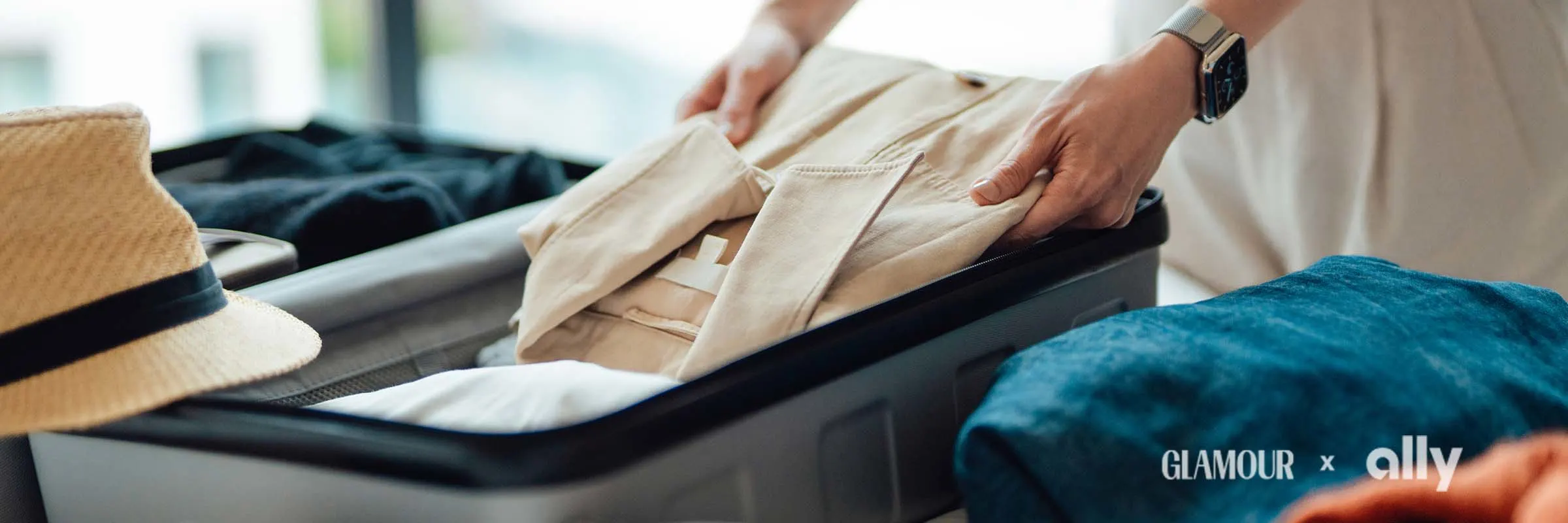When and how to declare your spends before going through US Customs
There are loads of tips and tricks for getting the most out of a trip abroad. One of the most overlooked of these has to do with the final step of your journey—reentry into the United States. You had a great trip abroad, ate incredible food, saw amazing sights and purchased excellent items to bring back home. The last thing you want to do is sour all that with a rocky trip through customs. What do you have to declare? What can you avoid declaring? What will it cost? Better to know the answers in advance and be prepared.
Good news: Declaring goods isn't complicated. But it does need to be done correctly or you'll risk hassle and fines. Here’s a handy guide.
What to declare
As a general rule of thumb, anything you obtained abroad needs to be declared. Some examples include:
Purchases made abroad, including gifts for friends and family or something you will use or sell in your business
A gift you received while abroad
An item you brought with you but had repaired or altered during your trip
If you have a question about whether you should declare an item or not, it's always smart to do so. When in doubt, declare. Worst case, you've wasted a bit of time because you didn't actually need to, but that's better than the reverse where you end up in a bureaucratic morass and possibly paying a fine. Bonus tip: Fill out your customs form on the plane, before you get to a Customs official, and have your passport ready.
Read more: How Ally Bank Savings Account buckets can help you save for souvenirs on your next trip.
Before you leave, pre-register possessions
That Swiss-made watch or expensive electronic device you’re taking with you to Europe? It’s a good idea to hit up the local Customs and Border Protection (CBP) office to fill out a Certificate of Registration for those to avoid any hassles on your return. If you forget and realize at the last minute, you can always register at the airport, too.
Duty-free might not mean free
Perhaps you want to pick up some liquor, perfume or other items in the airport duty-free shop. You won't need to pay the duty (read: tax) on these items, but you do need to declare them. Likewise, if you bring more than one liter of alcohol, 200 cigarettes or 100 cigars, you'll be responsible for paying the duty on those products. You must be at least 21 years old to bring alcohol or tobacco through U.S. Customs.
Carrying cash?
Savvy travelers always carry some cash, and you can bring an unlimited amount into or out of the country without paying duty on the dough. You do, however, need to file a Currency Reporting Form if you have more than $10,000. That figure includes the combined worth of what you're carrying, so add up the cash, money orders, traveler's checks and other monetary instruments to get the reportable total.
Yeah, no to that - and that, and that...
There is a laundry list of items that you simply are not allowed to bring into the U.S. unless you have specific permission. Some of these are obvious (firearms and controlled substances) while others (cat fur) might seem surprising. You can get on the CBP website.
You are allowed to try to bring agricultural products (fruits, vegetables) through customs, but the fines for failing to declare them can be astronomical, and they may not be approved for entry even if you do declare them. Also, be aware of ceramic tableware. While it's not prohibited, the CBP warns that "such tableware made in foreign countries may contain dangerous levels of lead in the glaze, which can seep into foods and beverages."
Pack for success
Just as a thoughtful pre-travel process can eliminate headaches at the airport, so can some consideration about how to pack for the return trip. It's smart to keep the receipts of anything you bought handy. Even smarter: Keep all the items you are going to declare in one easily accessible place. Again, you don’t want to create situations that will try the patience of your Customs official—not to mention everyone in line behind you.
So how and where do you pay?
The hard part’s over: You packed efficiently, filled out your paperwork, declared your goods and had your documents handy at the checkpoint. Now comes the painful part: You owe some money. Not surprisingly, there are plenty of options for payment at most Customs locations: American dollars, personal checks, money orders, traveler's checks and, in some checkpoints, debit cards. Welcome back. Now hustle home and enjoy your new stuff.



